13 Effective Methods for Controlling Fungus in Mulch
Fungus can often show up in mulch, particularly when the conditions are right for it to grow. It tends to appear in areas where moisture levels are high, especially in shaded or wet spots. While fungus may seem harmless, it can affect the health of your plants over time. Identifying and addressing the problem early on can help you protect your mulch and garden. Fortunately, there are methods to remove and prevent fungus from taking over your mulch.
This post may contain affiliate links, which helps keep this content free. Please read our disclosure for more info.
Remove Affected Mulch
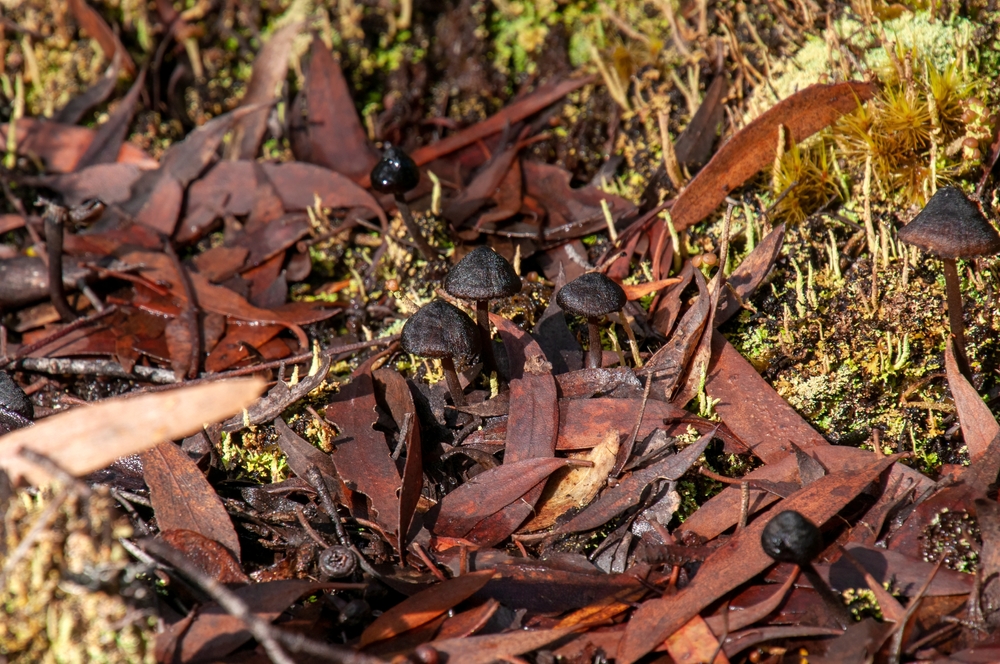
The first step in dealing with fungus in mulch is to remove the affected material. Use a shovel or rake to scoop up the contaminated mulch and dispose of it in a sealed bag. This helps prevent the spread of the fungus to other parts of your garden. After removing the affected mulch, replace it with a fresh layer that is well-aerated to keep moisture from accumulating.
Properly replacing the mulch is important to prevent future fungal issues. Choose a mulch type that resists fungal growth, such as cedar or pine. By keeping the mulch thin and well-maintained, you create a less hospitable environment for fungi. Regularly monitoring and replacing old mulch can help you keep your garden healthy.
Increase Air Circulation
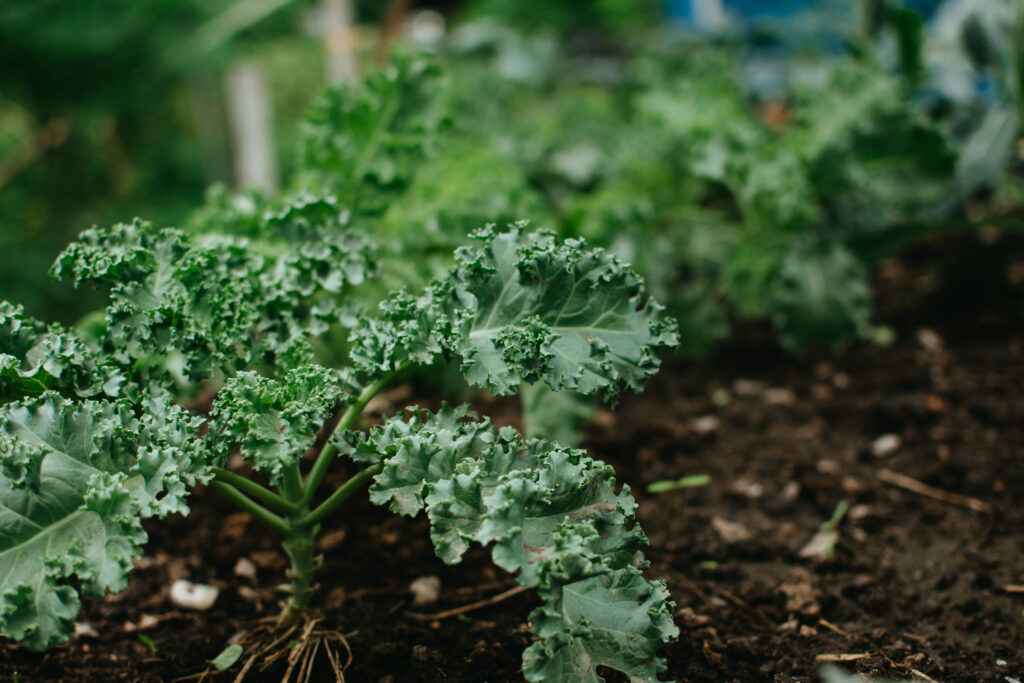
Improving air circulation around your garden is crucial for controlling fungus in mulch. Fungus thrives in damp and stagnant environments, so trimming back overgrown plants can allow more sunlight and air to reach the mulch. Increased airflow helps to dry out the mulch, reducing the moisture fungi need to grow. Make sure there are no obstacles that block air from circulating freely around the area.
Another way to boost air circulation is by positioning your mulch in a sunnier spot, if possible. Fungus tends to grow in shaded, wet areas, so moving mulch to a more open space can prevent future outbreaks. Keeping your garden well-pruned and allowing for air movement can be a simple yet effective solution. It can significantly reduce fungal growth over time.
Remove Excess Moisture

Since fungus loves moisture, controlling the water levels around your mulch is essential. Water your garden in the morning so the mulch has time to dry out throughout the day. Avoid over-watering your plants, as too much moisture encourages fungus growth. If your garden area tends to stay too damp, consider using a soaker hose to water plants directly and minimize water on the mulch.
Ensuring proper drainage in your garden is also key to reducing moisture. Mulch that stays wet for long periods creates a perfect environment for fungus. By keeping the mulch relatively dry and controlling excess moisture, you reduce the chances of a fungal outbreak. This is one of the most effective ways to keep your mulch fungus-free.
Apply Fungicide
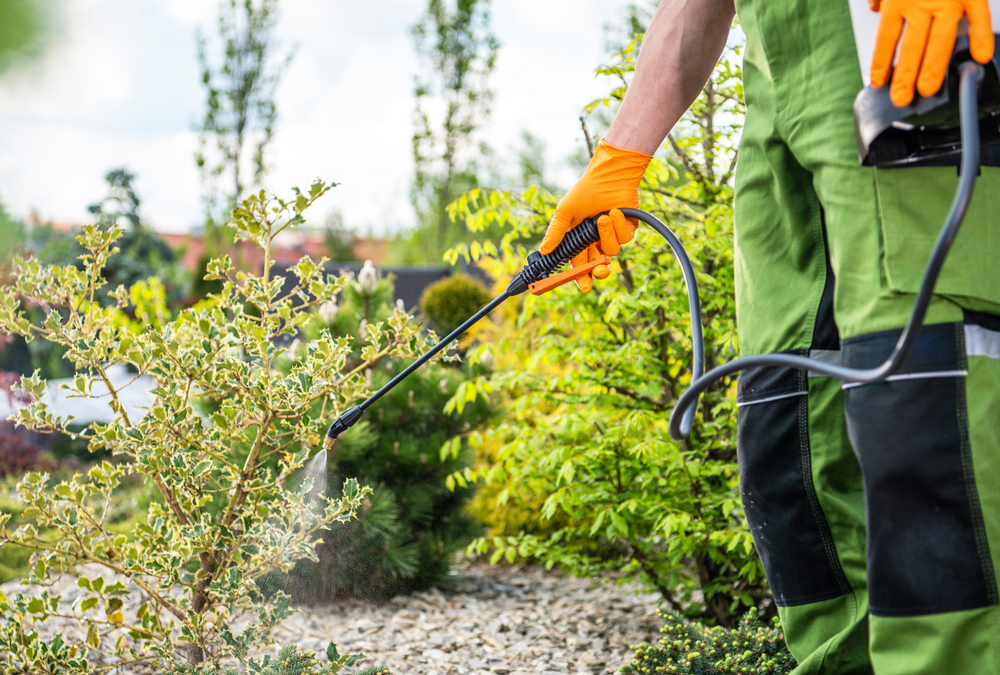
Applying a fungicide treatment can be an effective way to control fungal growth in mulch. Choose a fungicide that is safe for use in gardens and follow the manufacturer’s instructions closely. Spraying the fungicide on the affected area will help kill the fungus and prevent further spread. Reapply the fungicide as needed, especially during rainy seasons when fungal growth can increase.
When using fungicides, it is important to select a product that is not harmful to your plants or the environment. Natural fungicides like neem oil or sulfur are often a safer choice for organic gardens. Fungicide can be a useful tool when other methods are not as effective, but it should be used carefully to avoid overuse. It is always a good idea to test on a small area first before applying it to the entire mulch bed.
Use Vinegar Solution

For a more natural solution, a vinegar and water mixture can effectively treat fungus in mulch. Mix one part white vinegar with one part water and spray the solution directly on the fungal growth. Vinegar works by killing the fungus without harming most plants when used in moderation. However, it is best to test the solution on a small area of mulch first to ensure it does not damage your plants.
While vinegar is a powerful and natural fungicide, it is important to use it carefully. If the fungus is extensive, you may need to apply the solution multiple times over a few weeks. Regularly monitoring the mulch and applying the vinegar solution as needed can help control fungus without the use of harsh chemicals. It is an eco-friendly option for gardeners looking to avoid synthetic pesticides.
Turn the Mulch Regularly
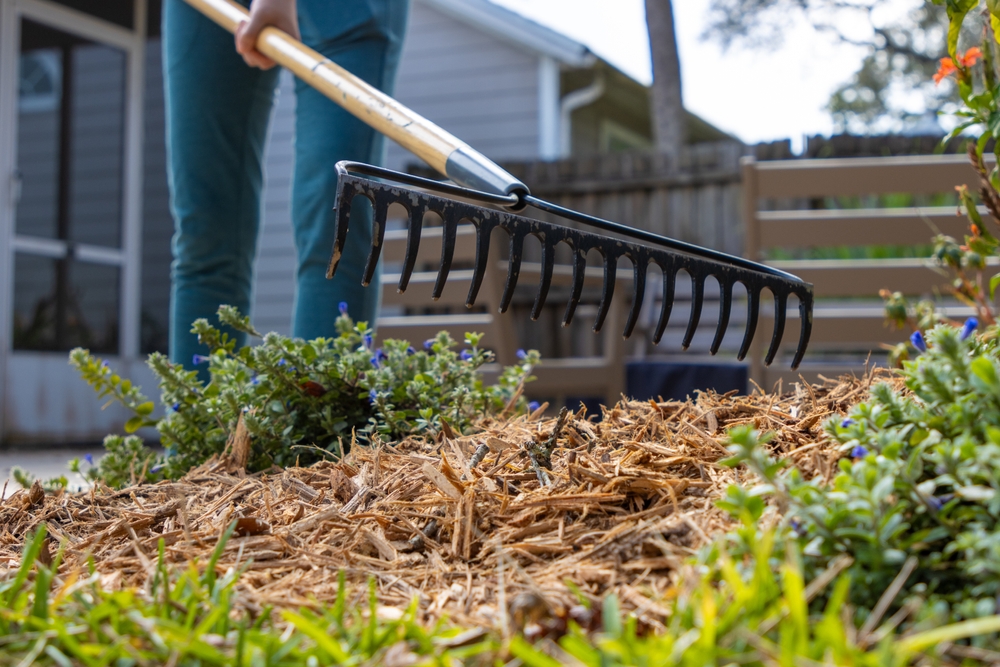
Turning the mulch every few weeks helps to break up the moist environment that fungus loves. By mixing the mulch with a rake or garden fork, you increase airflow and allow moisture to evaporate more easily. This helps prevent fungal spores from settling in and spreading throughout the mulch. Regularly turning the mulch helps to maintain its healthy condition and reduces fungal growth.
Turning the mulch is especially important after rainfall or watering, as it helps the mulch dry out faster. By keeping the mulch fresh and well-aerated, you discourage the formation of fungus. This practice should be a part of your regular mulch maintenance routine. It can be a simple yet effective way to keep your garden free from fungal problems.
Replace Mulch With Fresh Material

If the fungus problem persists despite your best efforts, replacing your mulch may be necessary. Over time, mulch breaks down and can become a breeding ground for fungal spores. By replacing the old mulch with fresh material, you start with a clean slate and reduce the chances of re-infection. Opt for mulch that is more resistant to fungal growth, such as pine or cedar.
When replacing the mulch, ensure that it is applied in a thin, even layer to prevent moisture buildup. The new mulch should be free of any fungal spores that may have carried over from the old material. Regularly replacing the mulch can help keep your garden healthy and reduce the need for chemical treatments. It is a good practice to replace mulch every couple of years to maintain a healthy garden environment.
Use Beneficial Fungus-Eating Organisms

Introducing beneficial organisms like nematodes or certain fungi can help control harmful fungal growth in your mulch. These beneficial organisms work by breaking down organic matter and outcompeting the harmful fungi for resources. By adding these natural predators to your garden, you help maintain a balanced ecosystem that is less conducive to fungal growth. Beneficial nematodes are widely available and can be easily applied to the affected mulch.
In addition to controlling fungus, these organisms also help with the overall health of your garden. They contribute to soil health by breaking down organic material and improving aeration. This is an eco-friendly and sustainable solution that helps keep your mulch and plants healthy. It is a safe alternative to chemical treatments that may harm beneficial insects in the garden.
Reduce Mulch Thickness

One way to prevent fungus from growing in mulch is by reducing its thickness. Too much mulch can trap moisture, creating an ideal environment for fungi to thrive. A thinner layer, around two to three inches, will still provide the benefits of mulch but without promoting excessive moisture retention. This simple change can help reduce the chances of fungus developing in your garden.
Thinner layers of mulch also allow for better air circulation, which helps keep the area drier and less attractive to fungi. If the fungus issue is persistent, reducing the thickness of the mulch will help prevent it from coming back. It is a simple adjustment that can make a significant difference in the health of your garden. Regularly monitoring the mulch depth can help keep it in optimal condition for your plants.
Ensure Proper Drainage

Proper drainage is essential to prevent the buildup of moisture in mulch that can lead to fungal growth. If your garden has poor drainage, water may pool in the mulch, creating a breeding ground for fungus. Installing drainage systems or regrading the garden can help direct water away from your mulch and improve the overall health of your garden. Proper drainage reduces the amount of standing water that fungi need to grow.
Consider using perforated pipes or French drains to help move water away from your garden beds. You can also add sand or gravel to the mulch base to encourage better water flow. Ensuring proper drainage is one of the most important steps to preventing fungus in mulch. This step, combined with other fungal control methods, will help keep your garden healthy and free from mold or mildew.
Use Cedar or Cypress Mulch
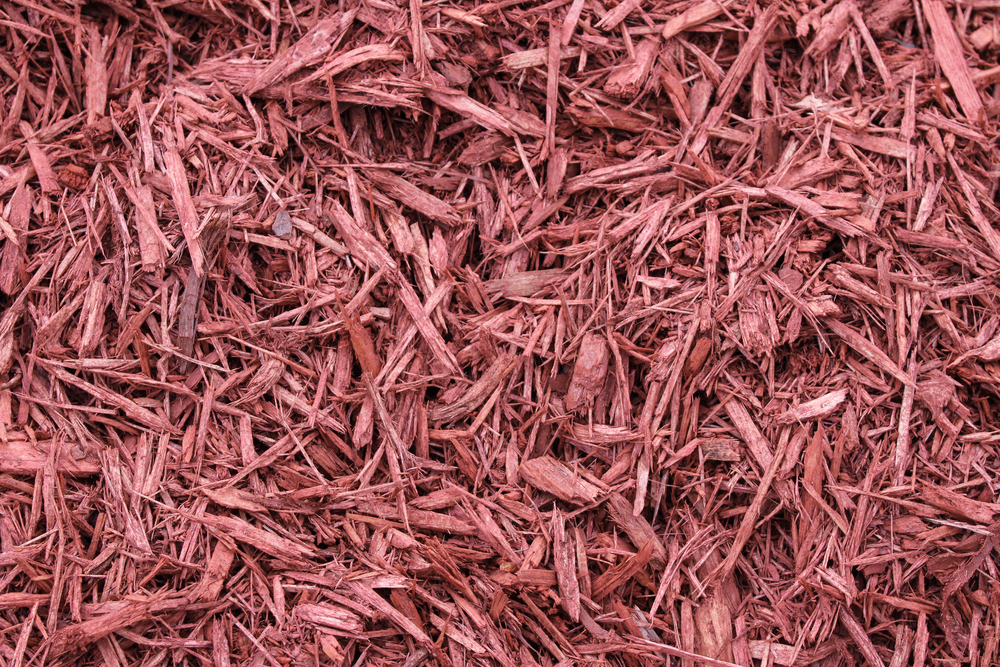
Switching to cedar or cypress mulch can help prevent fungal growth naturally. These types of mulch contain oils and compounds that act as natural fungicides, making them less hospitable to fungi. Both cedar and cypress mulch are also highly aromatic, which can help deter pests from entering your garden. Using these types of mulch may reduce the need for other treatments to control fungus.
These mulches not only help with fungus control but also add a pleasant scent to your garden. Cedar mulch, in particular, is known for its ability to repel insects and other pests. By opting for these varieties, you can maintain a cleaner, healthier garden environment. They are especially useful in preventing the recurrence of fungus in mulch.
Add Sand or Gravel Under the Mulch

Adding a layer of sand or gravel under the mulch can improve drainage and prevent fungal growth. These materials help excess moisture to drain away quickly, preventing water from pooling in the mulch. This also allows the mulch to dry faster, reducing the conditions needed for fungus to thrive. A well-draining base creates a healthier environment for your garden and discourages fungus from settling in.
In addition to helping with fungus prevention, sand and gravel improve the overall health of your garden. These materials provide better aeration and allow plant roots to grow more freely. Adding sand or gravel beneath the mulch is a simple yet effective way to ensure that your garden remains fungus-free. It is a practical solution for gardens that are prone to dampness or poor drainage.
Apply Hydrogen Peroxide

Hydrogen peroxide is an effective, natural way to kill fungus in mulch without harming your plants. Mix one part hydrogen peroxide with four parts water and spray it directly onto the fungus. The peroxide will kill the fungus and break down into harmless oxygen and water, leaving your garden safe. Apply the solution every few days until the fungus is gone and the mulch is fungus-free.
Be sure to use the correct concentration of hydrogen peroxide to avoid damaging your plants. A 3 percent solution is typically safe for most garden applications. This method can be used in combination with other treatments for more effective results. It is an easy, non-toxic way to keep your mulch free of fungus and maintain a healthy garden environment.
Fungus in mulch is not a problem that needs to overwhelm your garden. By taking a few simple steps to control moisture and improve air flow, you can keep fungi at bay. Consistent care and appropriate treatments are all it takes to maintain a thriving garden. Try out these helpful tips and see the difference in your mulch and plants.
This article originally appeared on Avocadu.
